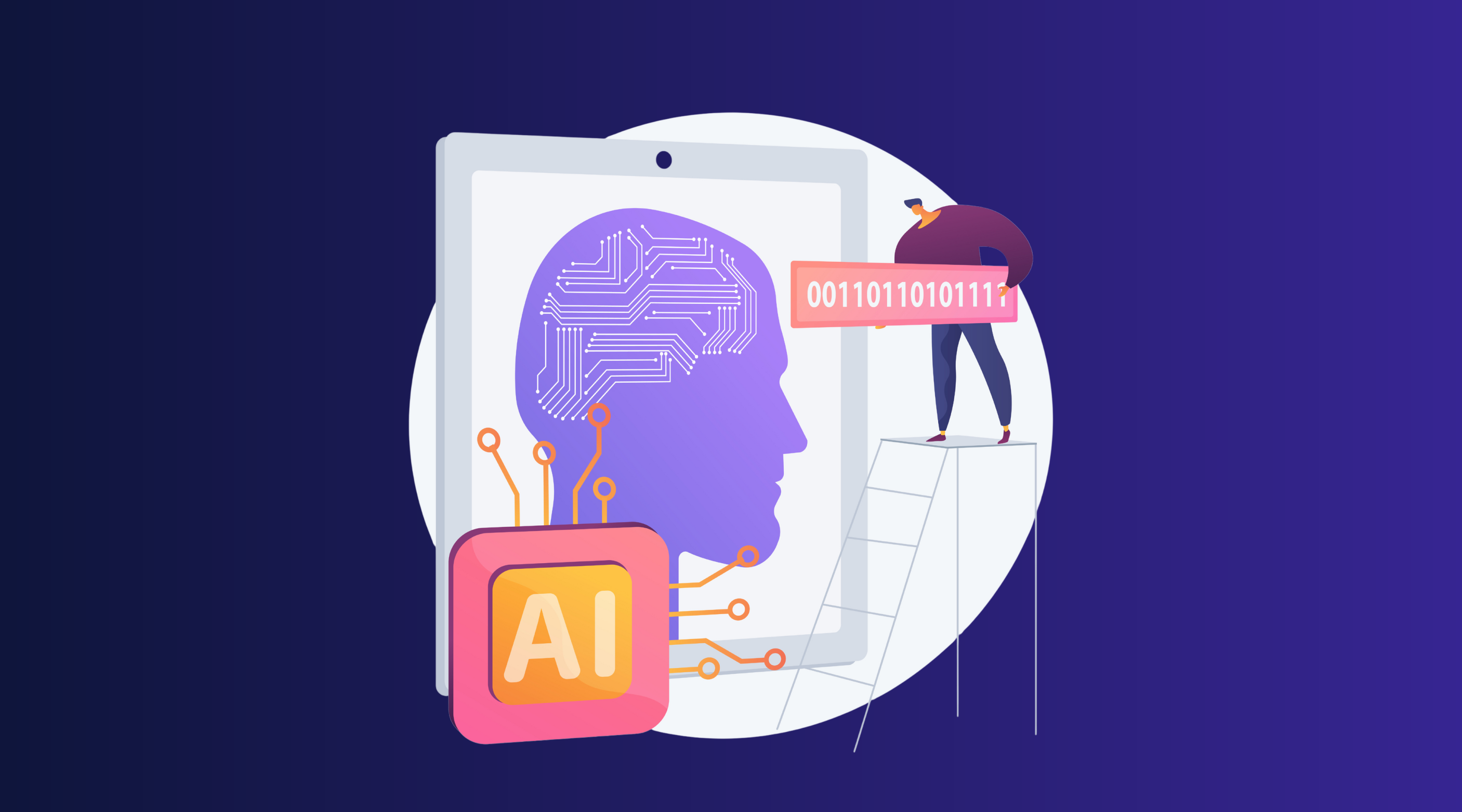Artificial Intelligence (AI) is transforming the design industry, enhancing creativity, efficiency, and personalization in remarkable ways. As we step into 2024, AI's integration into design processes is more profound than ever, offering designers unprecedented capabilities to innovate and create. This blog explores how AI is reshaping various aspects of design, from graphic and web design to typography and motion graphics, and provides insights into the key trends and tools driving this change.
The Power of AI in Design
Enhancing Creativity and Efficiency
AI is revolutionizing creativity by providing designers with powerful tools that automate repetitive tasks and open up new creative possibilities. Tools like Midjourney and DALL-E 2 allow designers to create stunning visuals from simple text prompts. These tools leverage sophisticated algorithms to produce high-quality images that range from photorealistic to highly imaginative, enabling designers to experiment with different styles and concepts quickly and effortlessly.
Use Case: Generating high-quality images for marketing campaigns.
Tool: Midjourney
Description: Midjourney uses text prompts to create detailed and high-quality graphics suitable for both personal and professional projects.
Use Case: Creating surreal and fantastical artwork.
Tool: DALL-E 2
Description: Developed by OpenAI, DALL-E 2 generates realistic images and artwork from textual descriptions, offering a wide array of visual styles.
Personalization in Design
Personalization is becoming a crucial element in modern design, and AI plays a pivotal role in this trend. AI algorithms can analyze user data to tailor design elements to individual preferences, creating more engaging and relevant user experiences. In UX/UI design, for example, AI can customize interfaces based on user behavior, making applications more intuitive and user-friendly.
Use Case: Personalizing website layouts for individual users.
Tool: Adobe XD
Description: Adobe XD uses AI to analyze user behavior and dynamically adjust layouts to enhance user experience.
Use Case: Tailoring product recommendations based on user preferences.
Tool: Dynamic Yield
Description: Dynamic Yield leverages AI to provide personalized product recommendations, increasing user engagement and satisfaction.
AI in Web Design
Web design is also significantly benefiting from AI advancements. AI-powered web design tools can automate the creation and optimization of website elements, ensuring a seamless and efficient design process. These tools help designers create responsive, user-friendly websites with enhanced functionality and aesthetic appeal.
Use Case: Automating web design for responsive websites.
Tool: Wix ADI
Description: Wix ADI (Artificial Design Intelligence) uses AI to create responsive websites automatically, based on user input and preferences.
Use Case: Optimizing website layouts for better user engagement.
Tool: Bookmark AiDA
Description: Bookmark AiDA (Artificial intelligence Design Assistant) uses AI to analyze user data and optimize website layouts for improved engagement and conversion rates.
AI in Typography and Graphic Design
Typography and graphic design are also benefiting from AI advancements. AI-powered tools can generate custom fonts and optimize typography for readability and aesthetic appeal. These tools assist designers in creating visually striking and coherent designs with minimal effort. For example, AI can suggest font pairings that complement each other, enhancing the overall design quality.
Use Case: Generating custom fonts for branding.
Tool: Fontjoy
Description: Fontjoy uses AI to generate custom fonts and suggest aesthetically pleasing font combinations for branding and design projects.
Use Case: Enhancing image quality for marketing materials.
Tool: Let's Enhance
Description: Let's Enhance uses AI to automatically enhance images, improve resolution, and adjust colors, ensuring professional-quality visuals.
Generative Design and Innovation
Generative design, powered by AI, is another area witnessing significant advancements. This approach uses algorithms to generate a wide range of design options based on specific parameters, enabling rapid iteration and exploration of creative possibilities. Designers can input their constraints and preferences, and the AI generates multiple design variations, from which they can select the best fit.
Use Case: Designing personalized consumer products.
Tool: Autodesk Generative Design
Description: Autodesk Generative Design allows designers to input design constraints and preferences, generating a multitude of design options for personalized products.
Use Case: Creating innovative architectural designs.
Tool: Spacemaker AI
Description: Spacemaker AI uses generative design to optimize and create architectural designs, considering various environmental and structural factors.
AI in Motion Graphics and Video Design
Motion graphics and video design are also being transformed by AI. AI-driven tools can create hyper-realistic visuals and animations, making it easier for designers to produce high-quality content. These tools can automate complex tasks such as motion tracking, keyframing, and rendering, significantly reducing production time and effort.
Use Case: Creating personalized video content for marketing.
Tool: Magisto
Description: Magisto uses AI to create and edit personalized video content based on user preferences, enhancing engagement and effectiveness.
Use Case: Automating motion graphics creation for social media.
Tool: Adobe After Effects with Adobe Sensei
Description: Adobe After Effects, powered by Adobe Sensei, automates tasks such as motion tracking and keyframing, allowing designers to create complex motion graphics with ease.
The Future of AI in Design
As AI continues to evolve, its impact on design will only grow stronger. Future developments in AI are expected to bring even more sophisticated tools and capabilities, further blurring the lines between human creativity and machine intelligence. Designers will increasingly collaborate with AI, leveraging its strengths to push the boundaries of what is possible in design.
However, the integration of AI in design also raises important ethical considerations. Issues such as bias in AI-generated designs, data privacy, and the evolving role of human designers in an AI-dominated industry need to be addressed. Ensuring that AI is used responsibly and ethically will be crucial in realizing its full potential in design.
Conclusion
The convergence of AI and design is transforming the industry, enhancing creativity, efficiency, and personalization. As we move further into 2024, AI's role in design will continue to expand, offering new opportunities and challenges. By embracing AI's capabilities and addressing its ethical implications, designers can harness its power to create more innovative, impactful, and user-centered designs. The future of design is undoubtedly intertwined with AI, and those who adapt to this new reality will lead the way in shaping the creative landscape of tomorrow.

